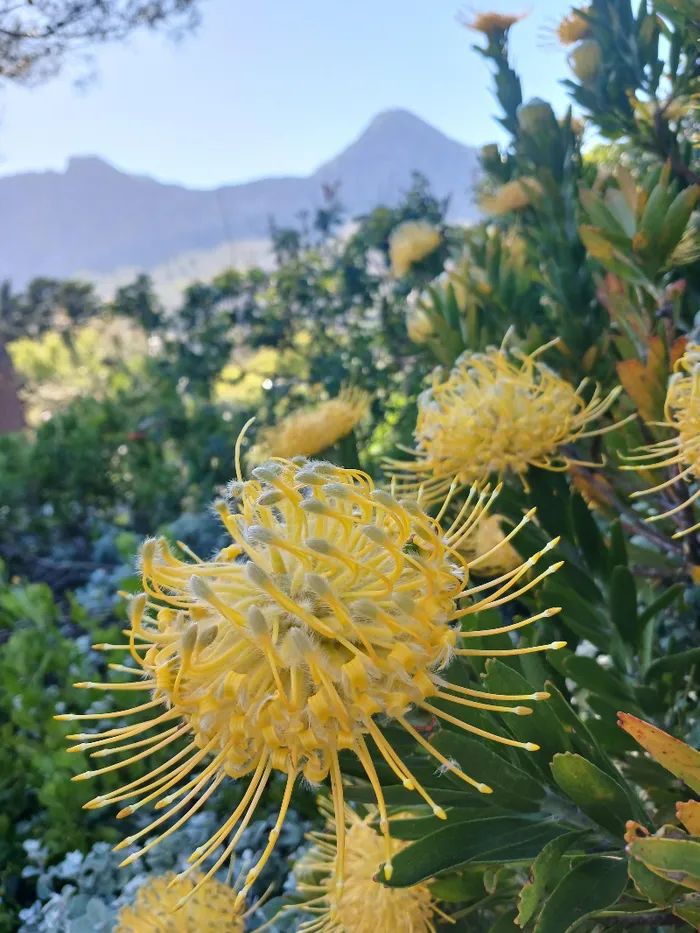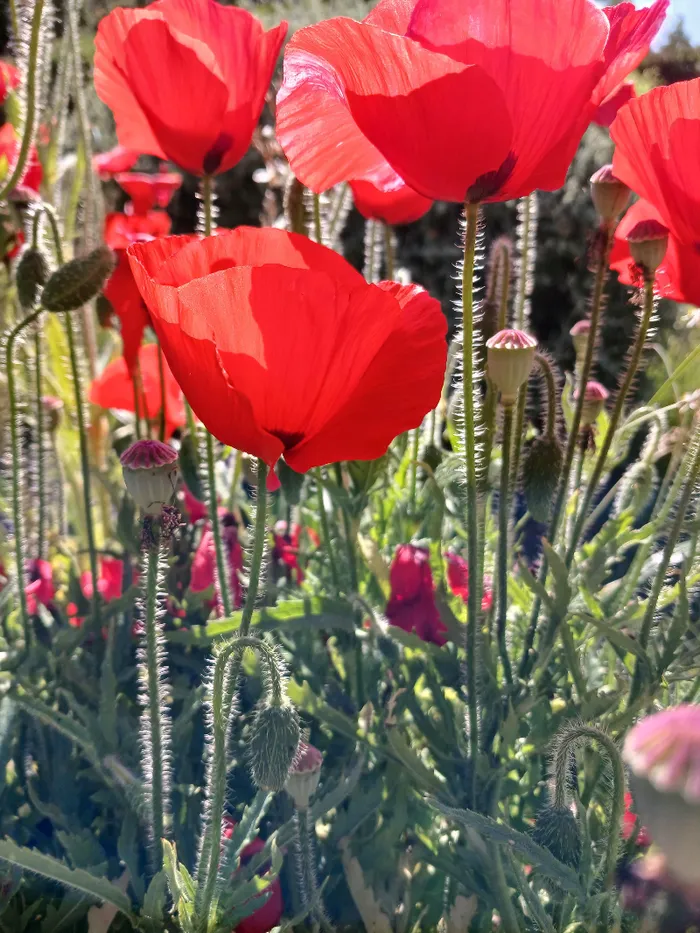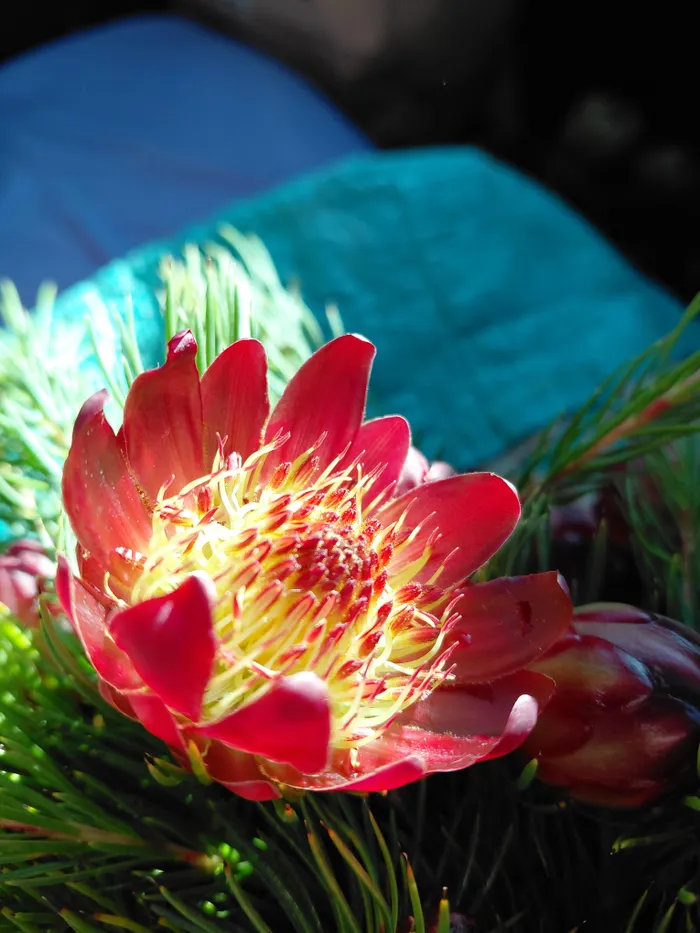The language of flowers...

Flowers Sue Hillyard, author of the article, has selected the pincushion to represent the Proteacae species.
Image: Staff reporter

Flowers The red Poppy is used worldwide during November every year to honor the Armistice.
Image: Staff reporter

Flowers Protea Nana
Image: Staff reporter
SUE HILLYARD
Flowers are beautiful, fragrant, colourful, sculptural and multilingual.
Floriography is the language, and is the art of communicating meaning or feelings through the gift of flowers.
Its practice is using the symbolic associations of specific flowers for their specific meanings, and has been used throughout history and in many cultures within their traditional folklore.
Floriography became known after a French author, Charlotte del Latour, wrote a book, Le Langage des Fleurs, in which she explained how feelings and ideas could be expressed by combinations of flowers, leaves, grasses and herbs.
The Victorians were delighted by this, as it was a way of sublimating their emotions and this language was of subterfuge and passion. After publication in 1818, a host of translations and other versions were written.
This invited alternate cultural associations around the meaning of the flowers, which resulted in some messages being misunderstood or confusing, as the giver and recipient had read different reference volumes!
What was also significant was how the flowers were arranged. Which blooms were used, where they were placed within the posy, and - interestingly - if a bloom was placed upside down, its meaning was reversed.
As colour is also a factor, and its use often relates to culture, the application of Floriography is not definitive, and is seen as being more interpretive.
There are some meanings that are universal, as in Biblical Art where the maternal and pure love of The Virgin Mary were symbolised by white lilies; while red flowers usually roses, symbolised the blood of Christ.
For the last hundred years, red poppies have been used at annual Armistice ceremonies as a mark of respect and remembrance for those who lost their lives in war, and signifying consolation for those left behind.
Claude Monet was content to stay at home in Giverny and paint. For 30 years, he watched the light on the pond and the water lilies, and he painted them... he produced 250 oil paintings.
On the day after the 11 November, 1918 - Armistice - Monet offered, to the French State, eight painting panels as a symbol for peace. Today, this work is displayed in the Musee de l’ Orangerie in Paris in specially designed studio rooms.
Is it not significant that the Water Lily is the symbol of purity of heart, tranquility and peace? A famous quote from Monet: “I perhaps owe having become a painter to flowers."
I believe, as gardeners, we can employ the language of flowers when we design a garden. It is one way we can learn to give the design a personality, by the considered choice of colour, texture, form and composition.
It is a narrative that explores meaning, through plant and colour choice. It gives you the opportunity to design with a completely new way of seeing. There are many beautiful and interesting books, even a fiction novel, about the Language of Flowers.
These reference books do contain our flora, as many species were collected in a bygone era by flower hunters, and are revered by gardeners worldwide. In African cultures, flowers hold significant symbolic meanings, often reflecting deep connections to nature, spirituality and tradition.
Some examples... Agapanthus: love, purity, affection; Aloe: grief; Arum lily: modesty; Gazania: resilience; Protea: courage; Sage: esteem; and Strelizia reginae: magnificence.
Be assured that anyone who receives a bunch of flowers from you will happy to know that you have remembered the occasion and gifted them with nature’s finest.
If there is a message too, they will love it. I have thought that I would like to design a flower garden for Editor Carolyn Frost, that encompasses our gratitude and love to her for the great work she has done over the years for the Bolander.
In time she will be able to harvest many bunchesand remember.
“I do believe that flowers have feelings, and that those feelings extend to the human beings that tend them. Deep in their roots, all flowers keep the light.” (anon)
Thank you, Sue, what a lovely comment - Carolyn